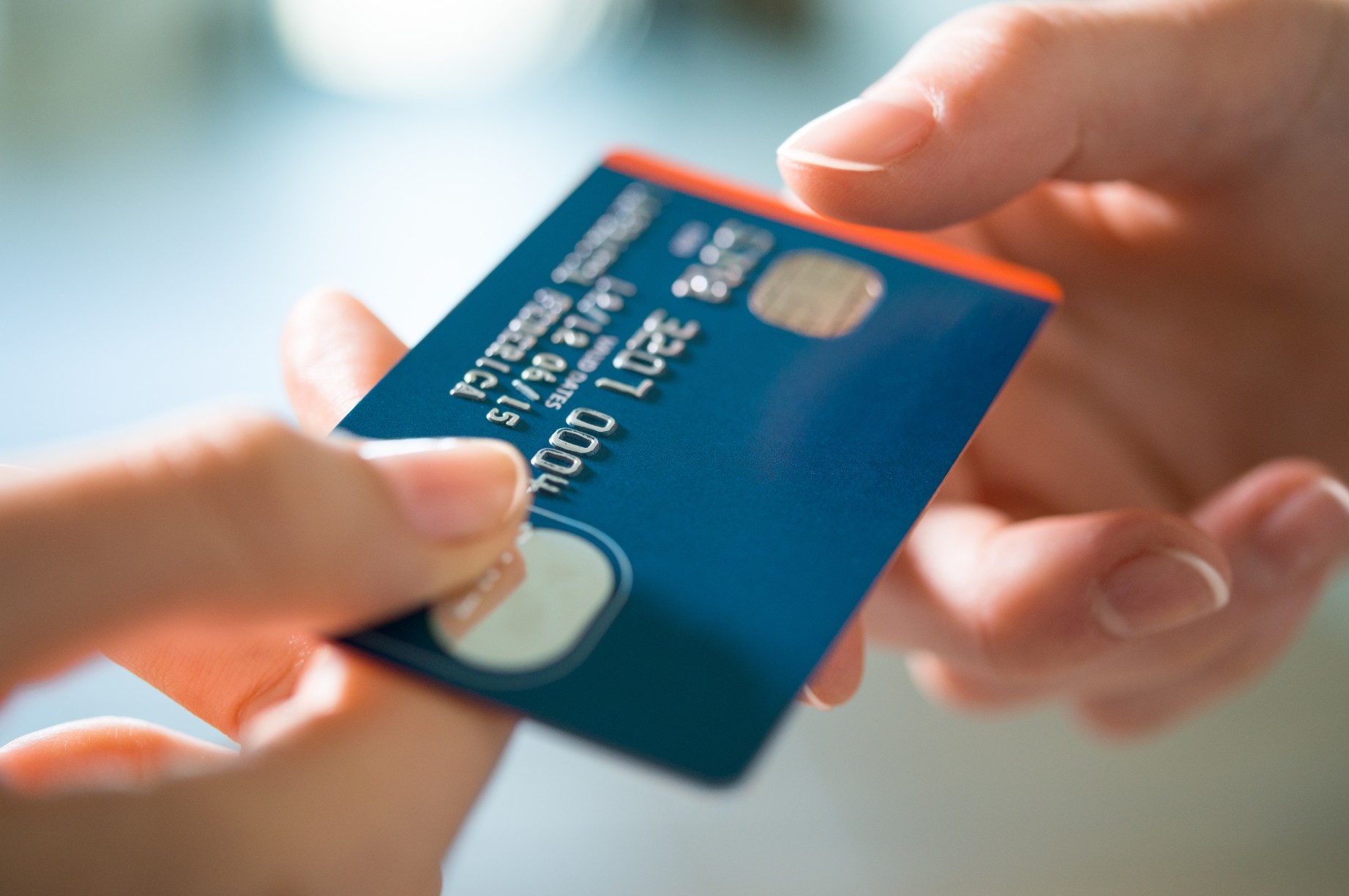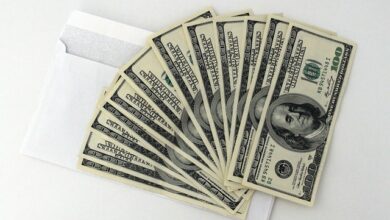Think twice before you use a credit card to obtain cash

You are in a speciality store and you come across an item that will make an ideal gift for someone who is close to you. You know you are unlikely to find it at any other store. True, at $150 it is expensive, but you know how much the person will appreciate it.
There is a problem, however. The store does not accept credit cards but only cash, which you do not have on you. You turn to a nearby cash machine and remove your credit card from your wallet. Armed with your PIN, you can draw the required cash and pay for the gift..
Wait. Before you insert your card in the machine or visit the bank consider that a better way to solve your problem might exist—one that is less punishing on your finances.
The reason: Cash advances using your credit card work differently than purchases you make on a credit card. So much so that obtaining a cash advance by using your credit card can be one of the most expensive ways to obtain access to cash in an emergency.
Here’s a look at the reasons it is not always a good idea to use a credit card to obtain cash. They come from myFICO, the consumer division of FICO, a data analytics company based in San Jose, Calif.
The drawbacks
It is true that many credit cards let you borrow cash up to a certain limit. Yet the price you pay for this additional convenience might not be worth it.
Here’s a look at the reasons it is not always a good idea to draw cash on your card.
• High interest rates
The rate charged on your cash withdrawal will in most cases be higher than that charged when you do not pay your card balance in full when it is due. Check the fine print on your card to find out what it is.
• Immediate interest charges
Interest will start accumulating on your card the minute you withdraw the cash from the machine or the cash is handed to you at the bank. The way it works is different from purchases you make with the card. Interest on those payments accrue only should you not pay your credit card on time.
The amount of interest that you pay will depend on how long you take to pay back the balance. The more quickly you can pay it off, the less you will pay in interest charges.
• Fee for a cash advance
Most issuers of credit cards charge you a transaction fee on a cash advance. This fee might be a percentage of the cash advanced, which could range from 3% to 5%, a flat fee usually between $5 and $10, or a combination of the two fees. An example would be the greater of 10% or $5 for the fee.
• Third-party fee
The provider of the ATM or the bank might also charge you a fee for conducting the transaction.
• Credit limit
The cash advance might be lower than your overall credit limit. If you want to pay for a fairly expensive charge, such as an unexpected car repair, you might want to check whether you are able to withdraw enough money to cover the full expense.
The benefits
A cash withdrawal from a credit card might be an option that is more cost-effective only when measured against payday loans, which usually charge upfront fees that can approach 400% on an annual basis, my FICO explains.
Drawing cash from a credit card might also be a way in which a person who has bad credit can obtain the money without having to apply for a personal loan, which requires a new check on credit.
Better ways to obtain cash
Other ways exist in which borrowing cash might be less costly and more flexible, according to myFICO.
• A program called My Chase Loan
This program enables cardholders to borrow money against their credit limit at an interest rate that is lower than the card’s standard annual interest rate on purchases. The loans do not need a new credit check, have no fees, and allow the money to be deposited into your bank account. The only drawback is that the minimum amount that you can borrow is a little high at $500.
• An app called Send & Split from American Express
This app enables you to send money using your credit card to a contractor or friend when you have insufficient cash in your bank account to cover the payment.
Using the app, you can use Venmo or PayPal to make direct payments without incurring the regular credit-card fee. You do not need to link your payment with a bank account and the transactions are treated in the same way as purchases instead of cash advances.
• A third-party service.
One such service is Plastiq which enables you to pay any expense using a credit card, including rent or utilities. The recipients are paid in the way they would like, such as an electronic fund transfer, a paper check, or wire transfer. The fee of 2.85% is lower than most cash advances using a credit card.
Main points
In general, a credit-card advance can be an expensive method of borrowing cash. It is worth considering only if your other choices are payday loans, you have recently damaged credit, or you are confident that you will be able to repay the amount that you borrow quickly.
Most cardholders should look for better ways to use their credit cards to cover expenses that are cash only. You should note, however, that even the best of other options will still mean that you will have to pay interest if your card’s statement is not fully paid by the date it is due.
The best way to avoid interest and fees, myFICO advises, is to build up your bank account reserves.





